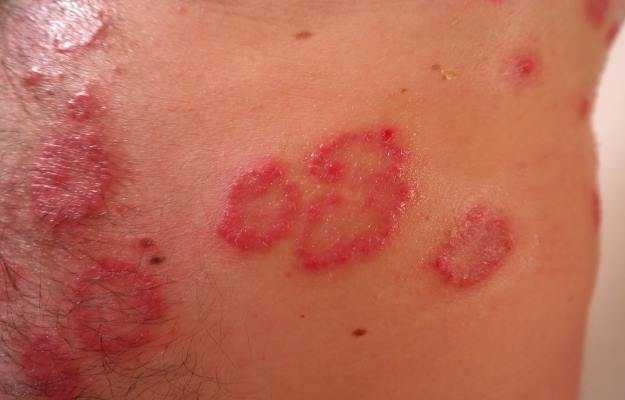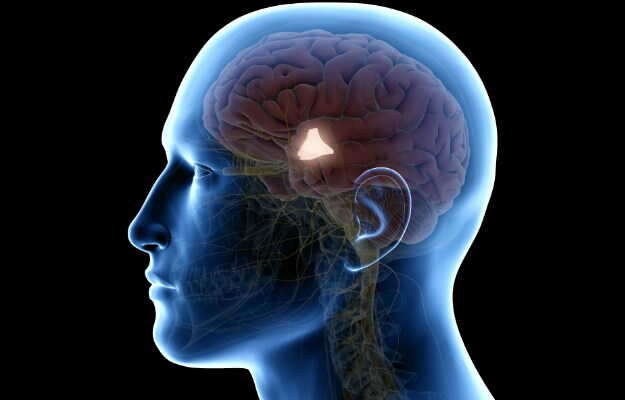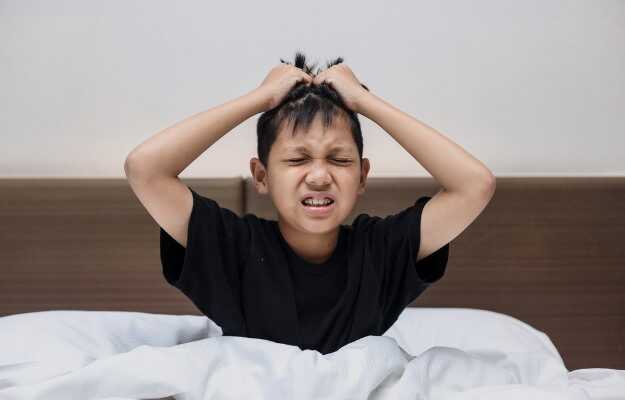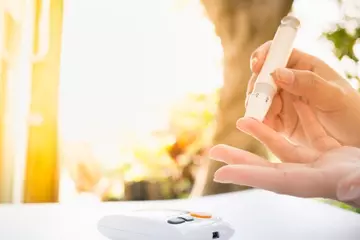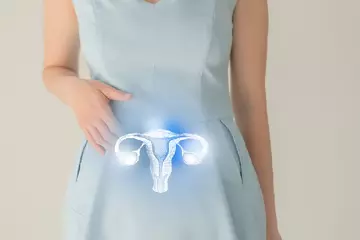What is dermatitis?
Dermatitis is an inflammation of the skin that can be caused by a group of conditions. It mostly affects the children (15%-23% cases globally). However, the prevalence and incidence in Indian children were found to be lower.
The most common types of dermatitis include:
- Atopic dermatitis
- Contact dermatitis
- Seborrheic dermatitis
What are its main signs and symptoms?
The usual symptoms include:
Specific symptoms include:
- Atopic dermatitis: Seen in infants, especially in the skin folds like the insides of the elbow and behind the knees.
- Contact dermatitis: Skin is inflamed or irritated, the skin rash may appear like burns, stinging sensation with itching.
- Seborrheic dermatitis: Scaly patches with redness of the skin and dandruff can occur. In infants, it is seen on the top of the head and is known as a cradle cap.
What are its main causes?
There can be any genetic cause, allergies, varied number of underlying health conditions or any external irritants that cause dermatitis.
The different types of dermatitis with their causes are as follows:
- Atopic dermatitis can be caused by genetic factors, immune dysfunction, bacterial invasion or external factors.
- Direct contact with irritant materials like poison ivy, jewellery containing nickel, cleaning agents, strong perfumes, cosmetics, and even preservatives may lead to contact dermatitis.
- Seborrheic dermatitis can be caused by many factors such as stress, cold and dry climate, yeast on a person’s skin and overall health.
How is it diagnosed and treated?
The physician may ask about the signs and symptoms. An allergic patch test is the main diagnostic tool used to identify any type of allergy. Following tests are performed:
- Prick or radioallergosorbent (RAST) tests.
- Skin swab for culture testing.
- Skin biopsy.
Treatment depends upon the degree of inflammation/severity of symptoms.
- Topical steroid creams are generally prescribed.
- Topical creams that affect immunity may also be prescribed.
- Light treatment or phototherapy may be used.
Self-care tips:
- Use non-prescription medicines or anti-itch products cautiously.
- Cool or wet compresses can soothe the skin.
- Having a warm bath can relieve the symptoms.
- Avoid scratching or rubbing the inflamed skin.
Dermatitis is a very uncomfortable condition as your skin can come in contact with numerous things, aggravating the condition. Proper care and treatment at an early stage can provide maximum benefit.

 Doctors for Dermatitis
Doctors for Dermatitis  OTC Medicines for Dermatitis
OTC Medicines for Dermatitis

